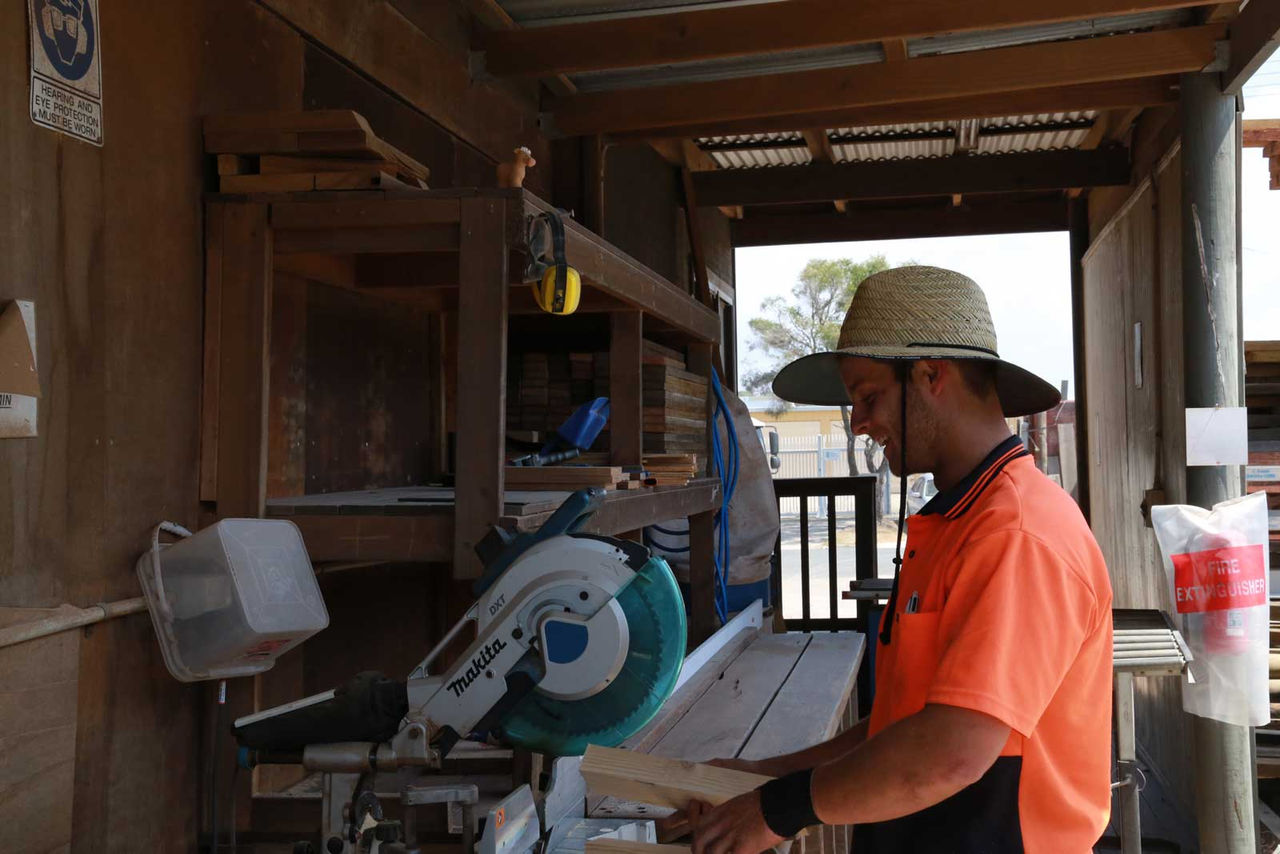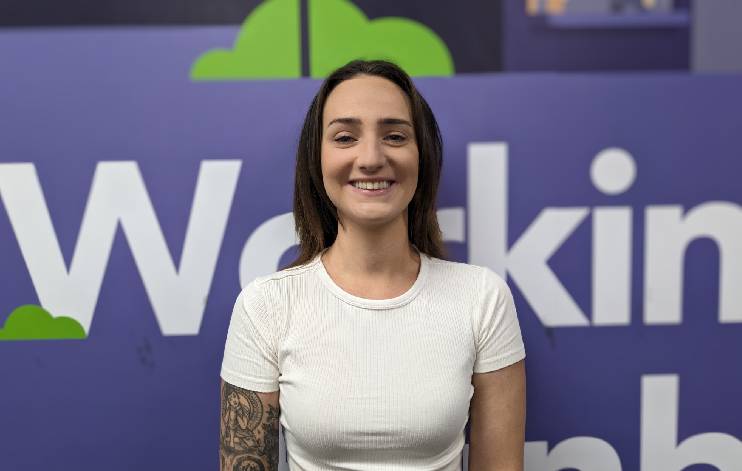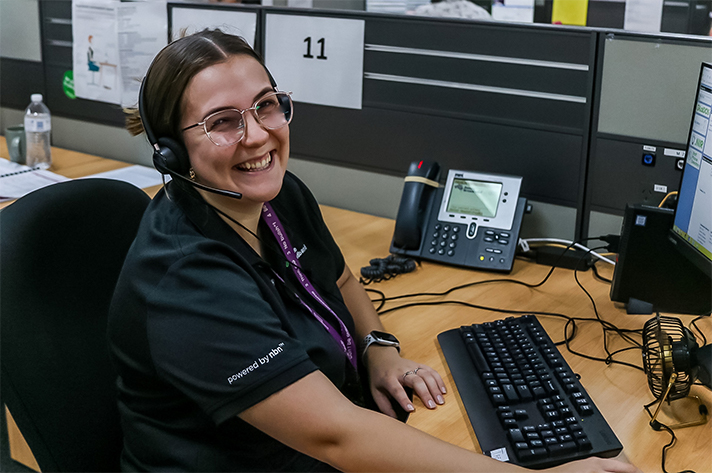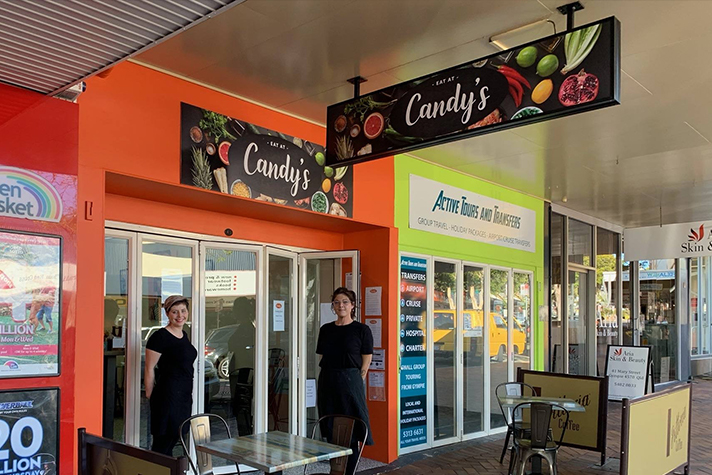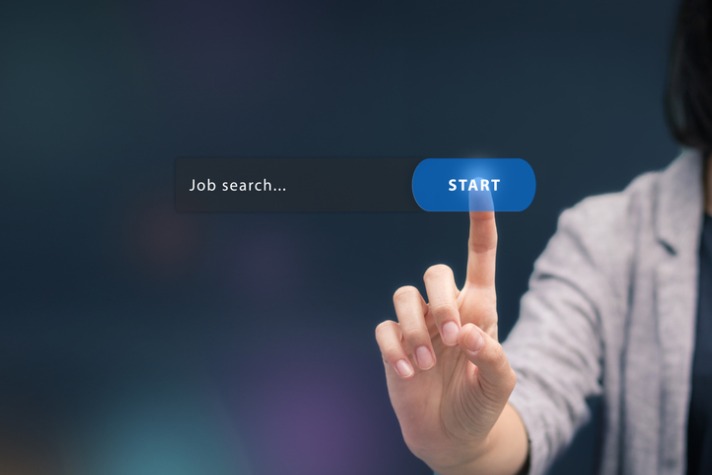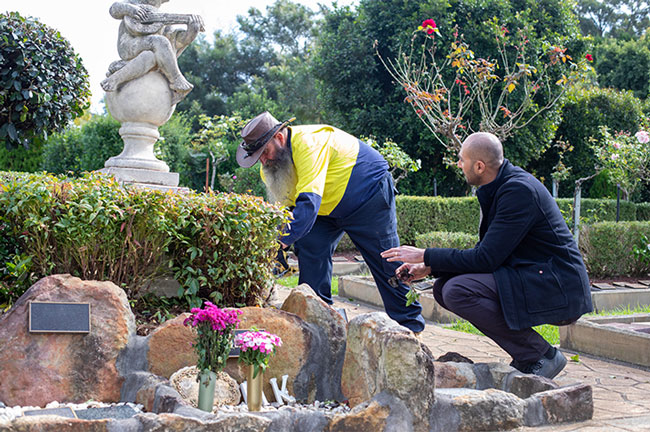What is website accessibility and how to make your website accessible
Published by MAXSolutions on May 18, 2022

Most of us are aware of the idea of making our businesses more accessible for our customers living with disability – but what is website accessibility and how do you make your website accessible?
Like making our physical spaces and recruitment practices accessible for those with disability, making your website accessible can open your business up to more customers and contribute to a more inclusive world.
What is website accessibility?
Let’s rewind a little. Making a website accessible is just one way to improve overall digital accessibility for those with disability.
Digital accessibility is a more general term for removing barriers and providing ways for people with disability to access digital content. This includes the internet and websites, but also documents, computer programs, apps and devices such as laptops and smartphones.
To access digital information people with disability may use a range of assistive or adaptive technologies. These include screen readers, screen magnifiers, an on-screen keyboard and voice-to-text software to name a few.
Ideally these technologies can be used in tandem with your website to allow the user to access everything that is available on your website.
Just like fitting a physical shop with a ramp for people with mobility issues, making your website accessible makes your organisation – including your content, products, services, and information – available to those who would otherwise be unable to connect with it.
Who uses accessibility features on websites?
Commonly people living with visual, hearing, motor, cognitive or even physical disability or impairments engage with accessible digital content.
According to the Global Accessibility Awareness Day website, people living with disability or impairment within the following broad categories can require accessibility elements and technologies to fully interact with the web.
Visual
Those living with low vision often need text descriptions for images and typically use a keyboard rather than a mouse to interact with elements on a web page.
Vision2020 Australia shares that nearly 600,000 Australians are either blind or vision impaired. That’s around 2.3% of the population that may be looking for accessible digital content.
Hearing
Some people who are deaf or hard of hearing often choose to engage with text captions on videos and audio content. They can struggle with videos and audio content that plays automatically on websites.
The Australian Institute of Health and Welfare reports that around one in 10 Australians live with complete or partial deafness.
Motor
People impacted by motor impairments such as those living with Parkinson’s Disease, Cerebral Palsy and Down Syndrome may benefit from alternative keyboards, eye control and other hardware designed to help them type and navigate on the web.
This means they will benefit from website accessibility features including logical site layout to engage with your content.
According to Shake It Up Australia, 100,000 Australians are currently living with Parkinson’s Disease and one Australian is diagnosed with Parkinson’s every 40 minutes.
Cognitive
Those living with cognitive impairment such as dyslexia and dementia can benefit from accessible web features including plain language and consistent navigation.
With a total of 4.4 million Australians living with disability (Disability statistics - Australian Network on Disability), we know a significant portion of the population currently needs or will need to access digital content with the aid of accessibility tools.
While the exact number of people living with disability that need to engage with digitally accessible content and accessible websites is difficult to define, it’s clear that the numbers are significant.
What are the best ways to make your website accessible?
There are a range of things you can do to make your website accessible.
The following list is by no means exhaustive, but it provides an insight into the kinds of things you can think about when you’re assessing your current website and how much change might be required to make your website accessible and available to Australians living with disability.
1. Alternative text (alt text) for images
Text alternatives for images including photos, graphics, graphs, charts, illustrations and buttons.
People with vision impairment listen to alt text to understand what the image represents and “see” what’s on the page without visual cues.
2. Subtitles, captions and transcripts available for audio and visual content
For people with hearing impairment to engage with video content, text transcripts and captions are incredibly helpful.
If your video tells the story through visual sequences, text transcripts can also help viewers with low vision understand the content.
If your website has audio content that plays automatically, ensure users are able to pause or stop this as required as it can cause issues for text-to-speech or assistive listening devices.
3. The ability to make text larger or smaller
Text and fonts should be simple and easy to read and able to be resized without affecting the page layout or the ability of the user to navigate the page.
Those with vision impairment may find increasing the text size helpful and ideally your website will allow them to increase the text size up to 400% without it affecting your site and its functionality.
4. Logical site structure and easy navigation
Providing a logical and easy to navigate website is valuable for any user, however more so for those who use only a keyboard or voice activation software.
The Disability Services Commission of Western Australia [PDF] recommends that websites “be navigated through using “Tab”, “Shift+Tab” and “Enter” keys on the keyboard”.
There are tools that allow you to see whether your site is logical and able to be accessed in this way.
5. Colour contrasting
Ideally there will be high contrast between text and background colours on your website allowing those with vision impairment to explore your site more easily.
6. Labels on fields and buttons in forms
When you have forms on your website such as contact forms, feedback forms and expressions of interest, it’s important to ensure that each field where you expect users to input information is labelled clearly.
This means users, particularly those using assistive technologies, will have a clearer understanding of what information you’re expecting them to place in each field.
7. Link explanations
Links are a fantastic way of sharing more information with your readers, however it can be jarring for those listening to the page being read.
It’s important to describe where each link is going and it’s purpose so those accessing your site in this way can make an informed decision about whether to leave your page.
If you’re linking to a particular file type, it can help to let your reader know what the file type is (is it a video or a PDF for example), and what size it is so that they’re able to make an informed decision about whether it is suitable given their internet access and device capabilities.
8. An accessibility plugin
To help organisations adapt and make their websites more accessible quickly, a range of plugins are on the market.
These typically allow users to choose from a range of accessibility features by clicking on one button. This includes things like screen readers, contrast adjustment, the ability to change text size, alignment, height and spacing, highlight links and access dyslexia friendly font adjustments.
Chat with your website team to talk about whether this option might work for your site.
Why is making your website accessible important?
It allows you to reach more potential customers
In a competitive online world, every advantage is valuable.
Just like you wouldn’t turn away customers walking past your shopfront, making your website accessible means every potential customer feels welcome to ‘come in’ to your virtual place of business.
Making your website accessible opens up your business to the many valuable potential customers discussed above.
Furthermore, the Australian Network on Disability (AND) reports that people with disability are three times more likely to avoid an organisation, and twice as likely to dissuade others because of an organisation’s negative reputation around diversity.
It's the law
According to the Australian Human Rights Commission, the “Disability Discrimination Act 1992 (Cth) (DDA) makes it illegal to discriminate against a person because of disability when providing goods, services or facilities, or access to public premises.”
The non-discrimination requirement in the DDA applies in the online world as it does in the physical and to guide organisations on how to make websites accessible, the World Wide Web Consortium (W3C) has created Web Content Accessibility Guidelines (WCAG).
These guidelines are primarily for the use of web content and website developers but are available to view if you’re keen to explore the issue in more detail.
It's the right thing to do
More than the above, making your website accessible means you’re playing a part in creating a world where access to the depth and breadth of all life has to offer is available to everyone.
Find out more about the services we provide to employers and recruiters
Support for employers
We've been named an inclusive employer by the Diversity Council of Australia. Find out more here
MAX named inclusive employer
Share
Tags
Found this useful?
Help and advice
Our blogs are about helping people seek the information that they need for their steps in the workforce.
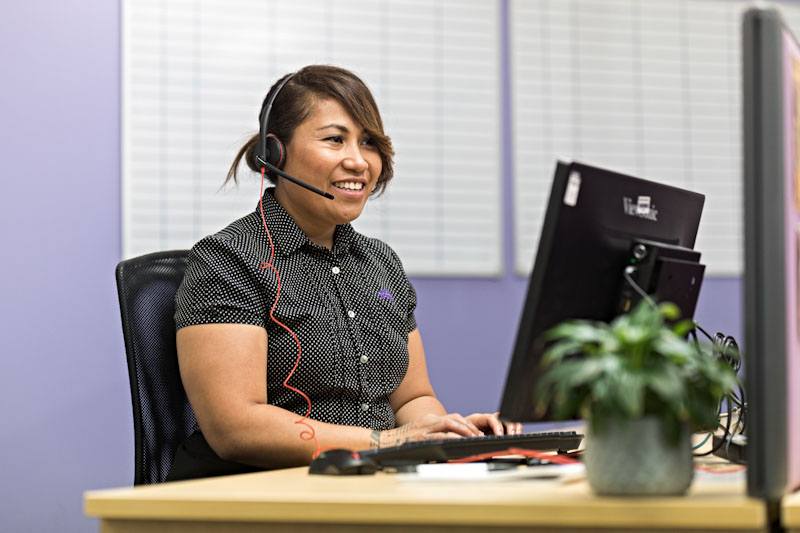



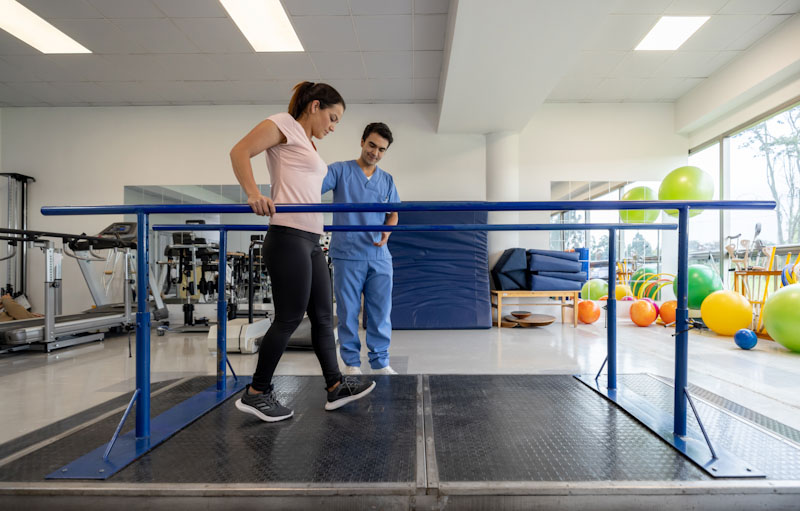
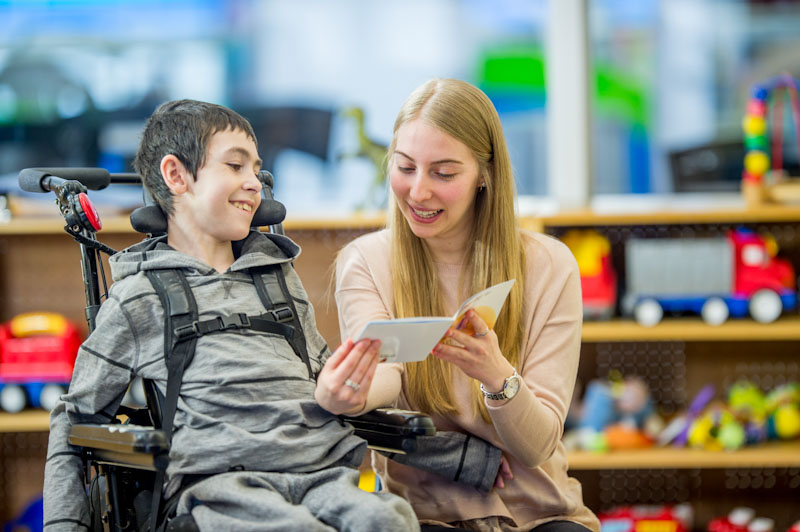



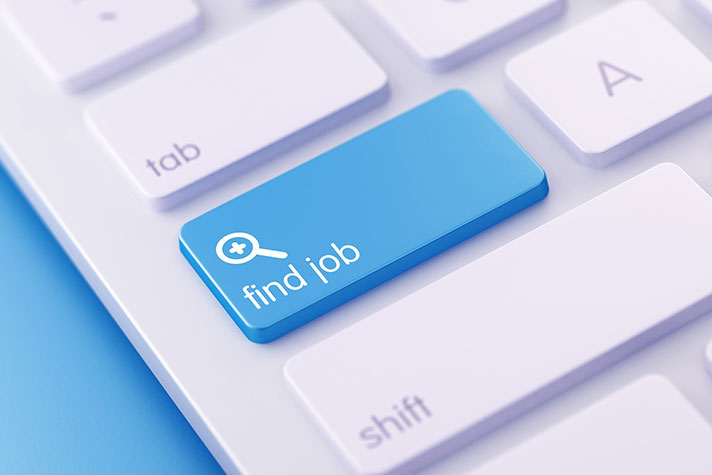




_1.jpg)

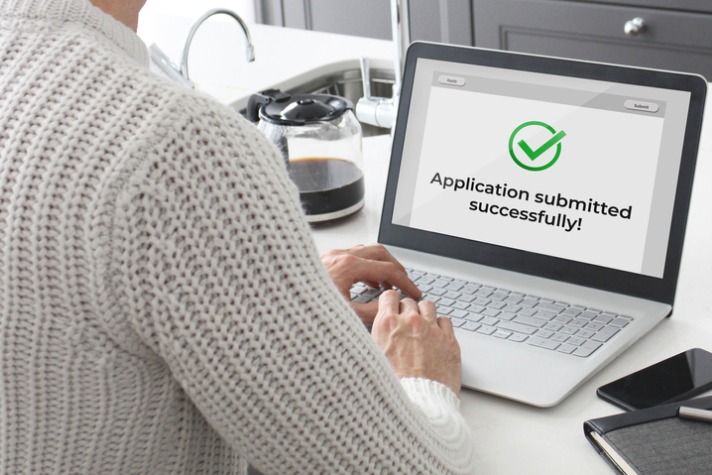
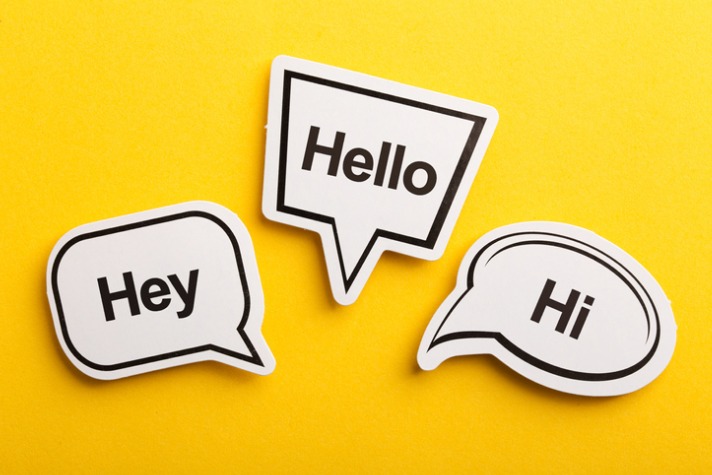
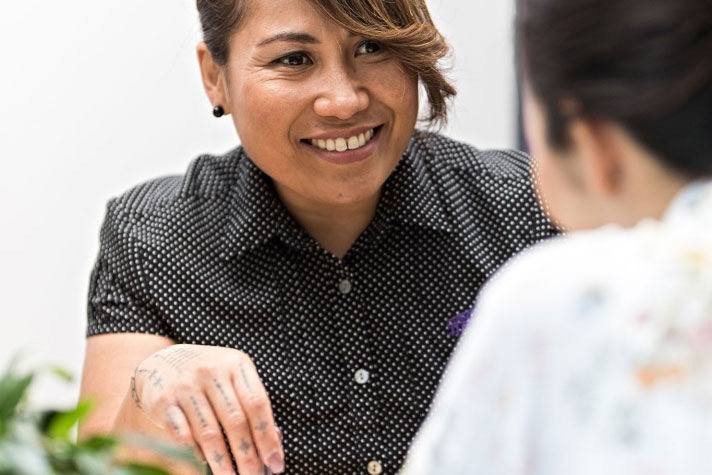
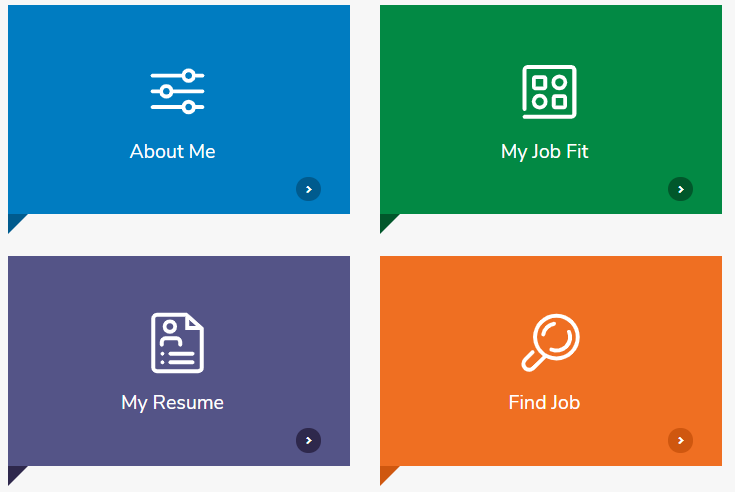

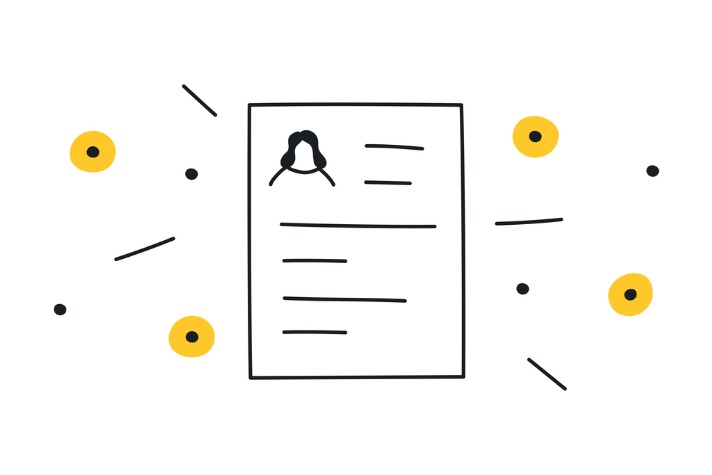

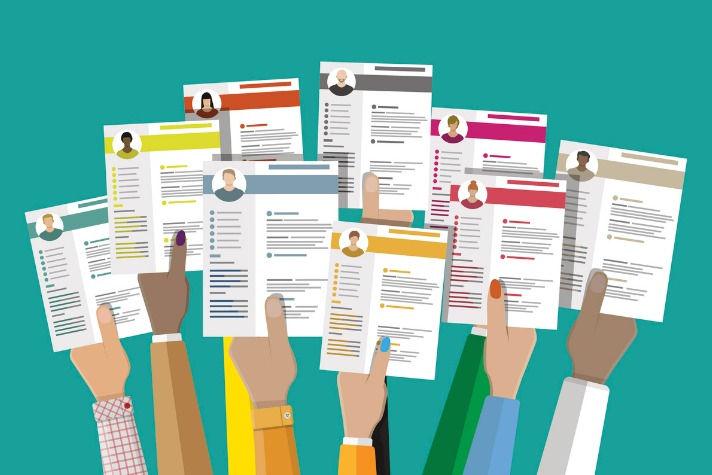



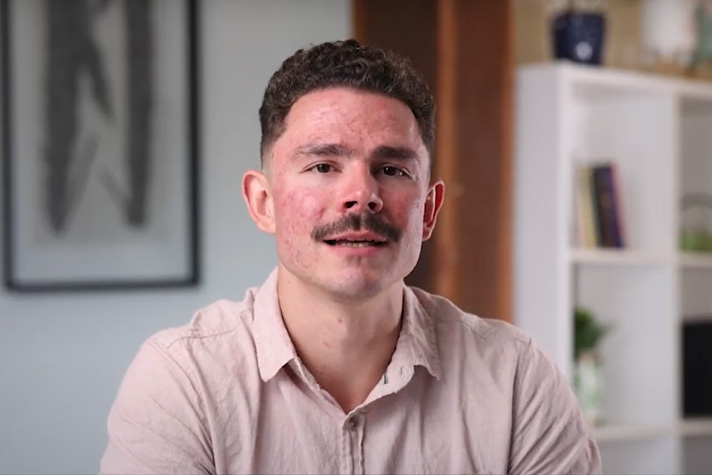


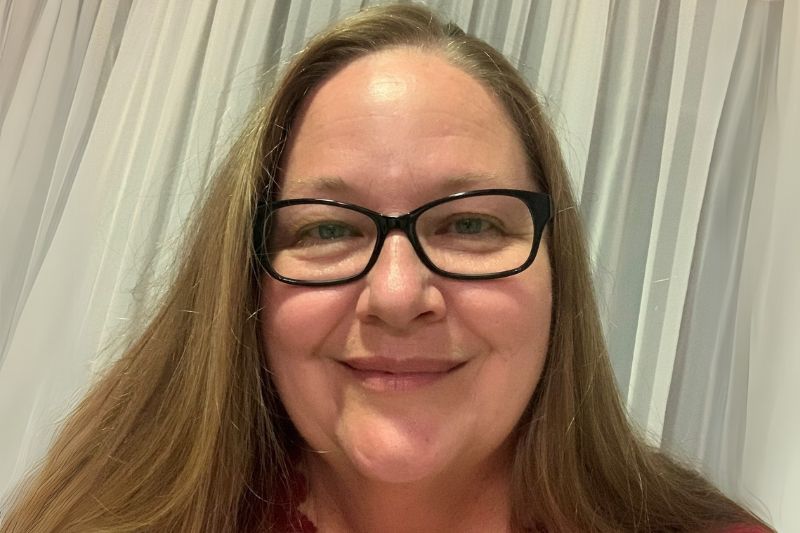




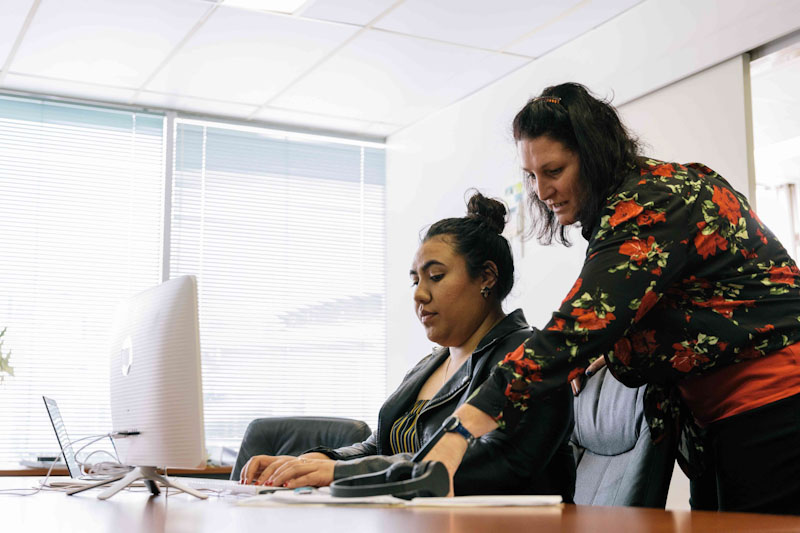







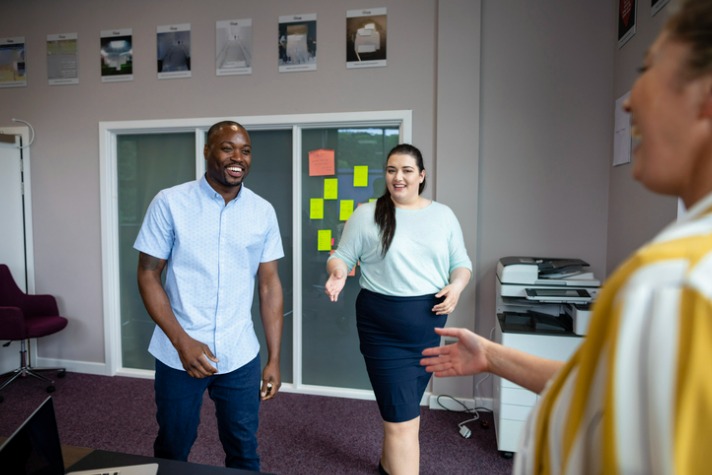
.jpeg)
